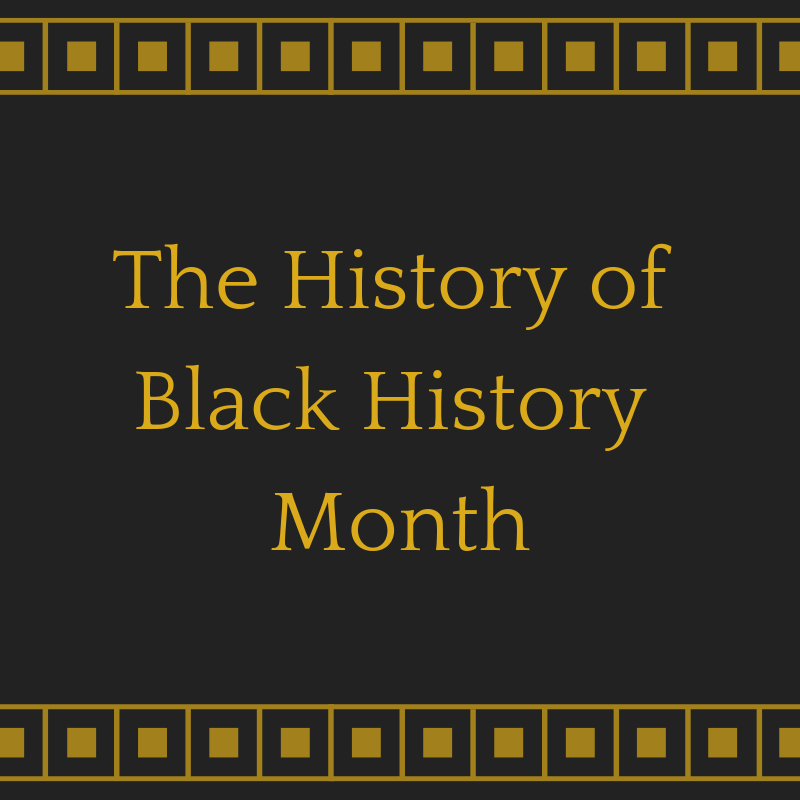The History of Black History Month: An Explainer
Black History Month is the annual celebration of black creators and influencers who have shaped not only American history but world history as well. But where did this tradition come from?
Black History month is the creation of Harvard graduate and historian Carter G. Woodson, during the fifteenth celebration of the emancipation proclamation in Washington, D.C. Woodson wanted to popularize the creations of black intellectuals and researchers.
Woodson then founded the Association for the Study of Negro Life and History (ASALH). From this organization, Wooden and others created Negro Literature and History Week which was later renamed Negro History Week, in 1926.
The celebration takes place in February because many African Americans at the time were already having celebrations for Abraham Lincoln and Frederick Douglass’s birthdays. Woodson wanted the celebration of Black History to catch on so, he kept Negro History Week in February to increase its chances of success.
From there, the holiday caught on and many schools were holding lessons about Black History. Clubs were founded and dedicated to knowledge and awareness of black history and innovation.
In the following decades, mayors in cities and towns across the country were making official proclamations of Negro History Week.
It wasn’t until the growing civil rights movement in the 50s and 60s that led to Negro History Week becoming Black History Month.
Every year since 1976, American presidents have recognized Black History Month and its theme.
ASALH’s theme for 2019 is Black Migrations. The theme “emphasizes the movement of people of African descent to new destinations and subsequently to new social realities,” according to ASALH’s website.












